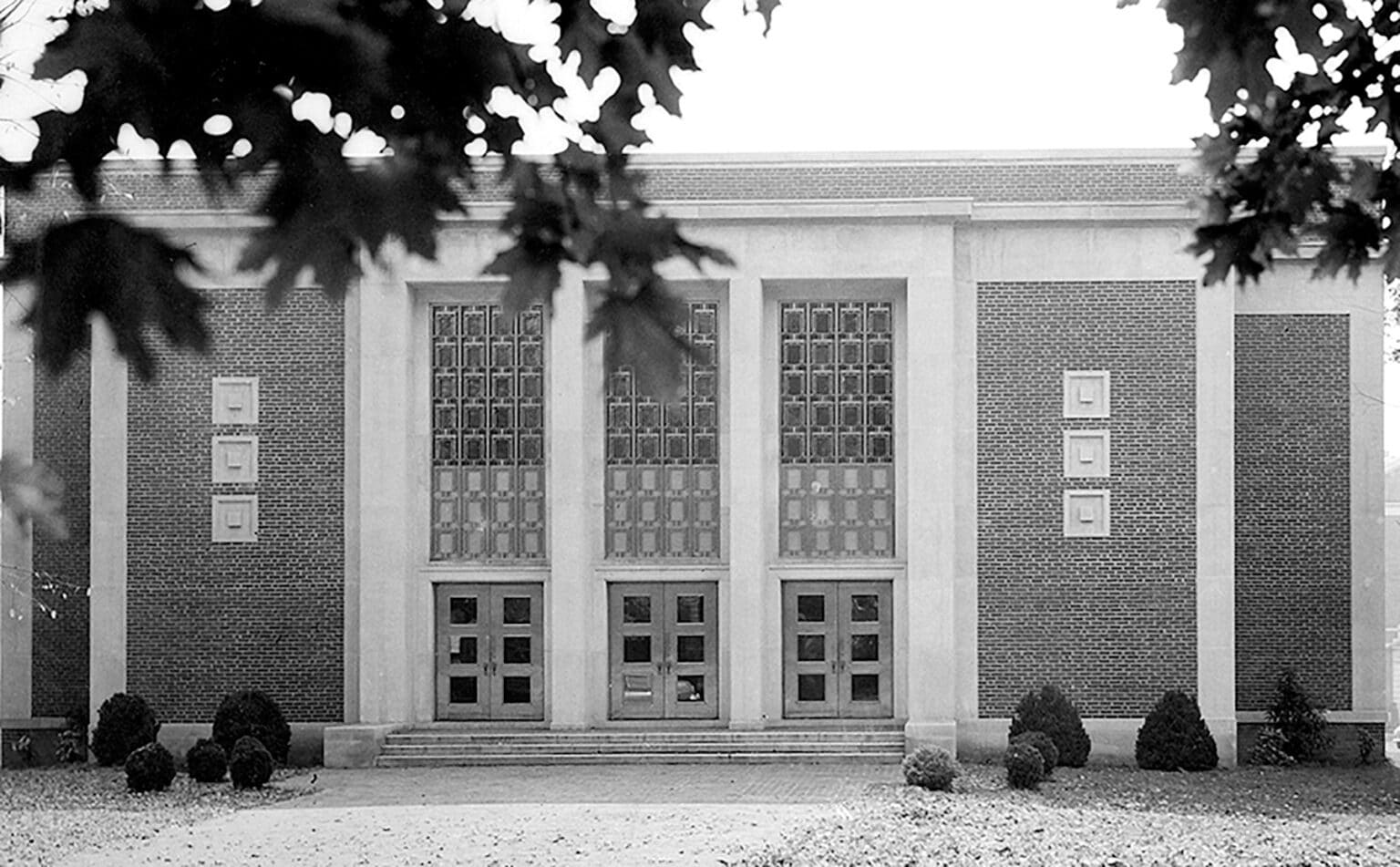RESOURCES
PLACES
Jarman Hall
Jarman Hall, constructed in 1951 on the campus of Longwood University in Farmville, Virginia, stands as a significant landmark in both architectural and historical contexts. Named after Dr. Joseph L. Jarman, the institution’s fourth president, the hall was designed to serve as a central auditorium, accommodating large gatherings and events. Its construction marked a period of expansion and modernization for the university, reflecting the broader educational developments occurring in mid-20th-century America.
Beyond its architectural significance, Jarman Hall played a pivotal role during the era of Massive Resistance—a campaign led by Virginia’s political establishment to oppose the desegregation mandates following the Supreme Court’s decision in Brown v. Board of Education. On June 7, 1955, the auditorium became the venue for a critical community meeting organized by the Defenders of State Sovereignty and Individual Liberties. Approximately 1,250 residents, predominantly white, convened to deliberate on strategies to circumvent the desegregation of public schools. The outcome of this meeting was the establishment of a foundation aimed at creating a private, segregated academy, should public schools be compelled to integrate—a plan that materialized in 1959 with the formation of the Prince Edward School Foundation.
Today, Jarman Hall remains an integral part of Longwood University’s campus, serving as a venue for various academic and cultural events. Its history as a site of significant resistance to desegregation efforts offers a poignant reminder of the challenges faced during the civil rights movement.
